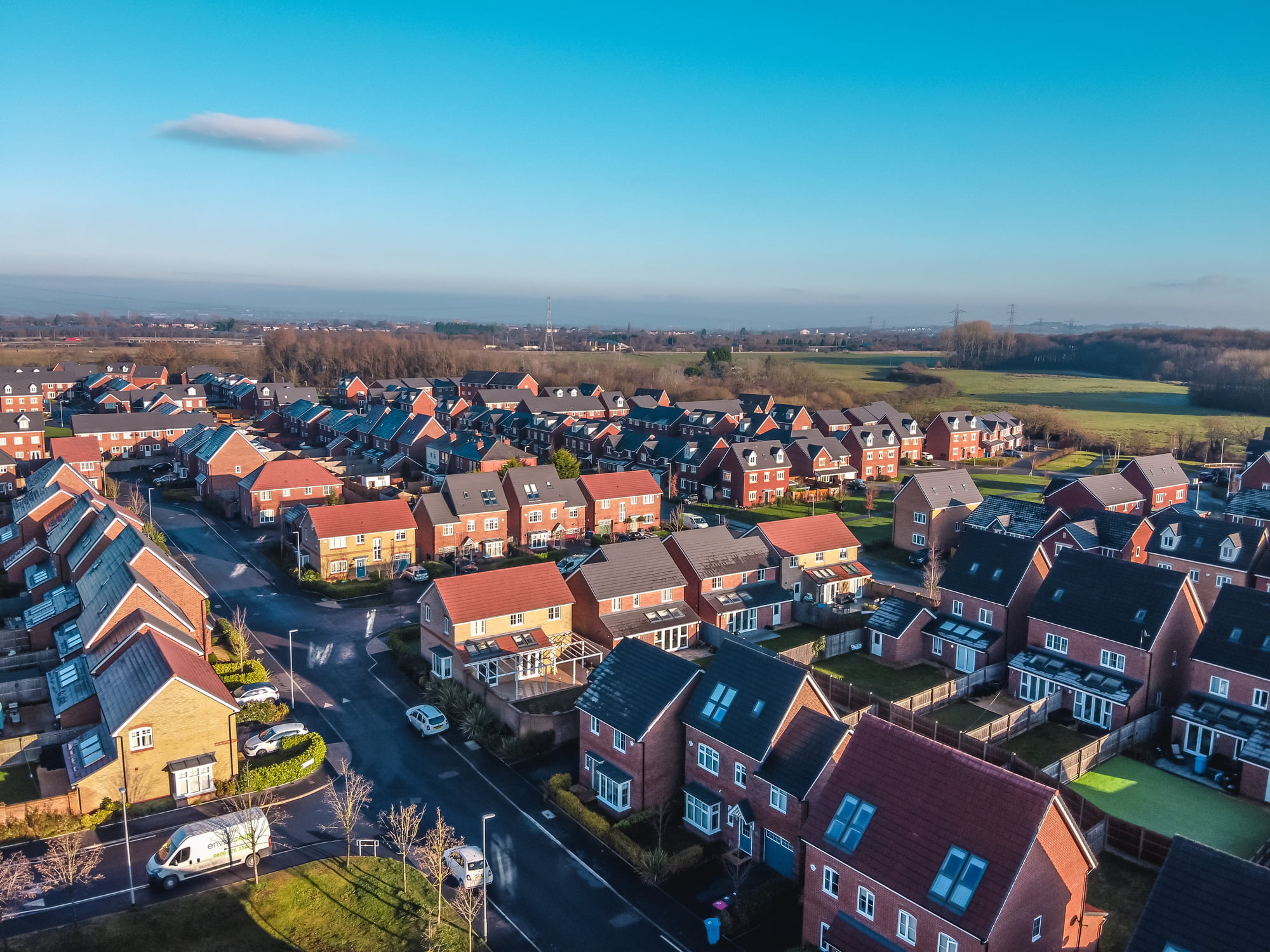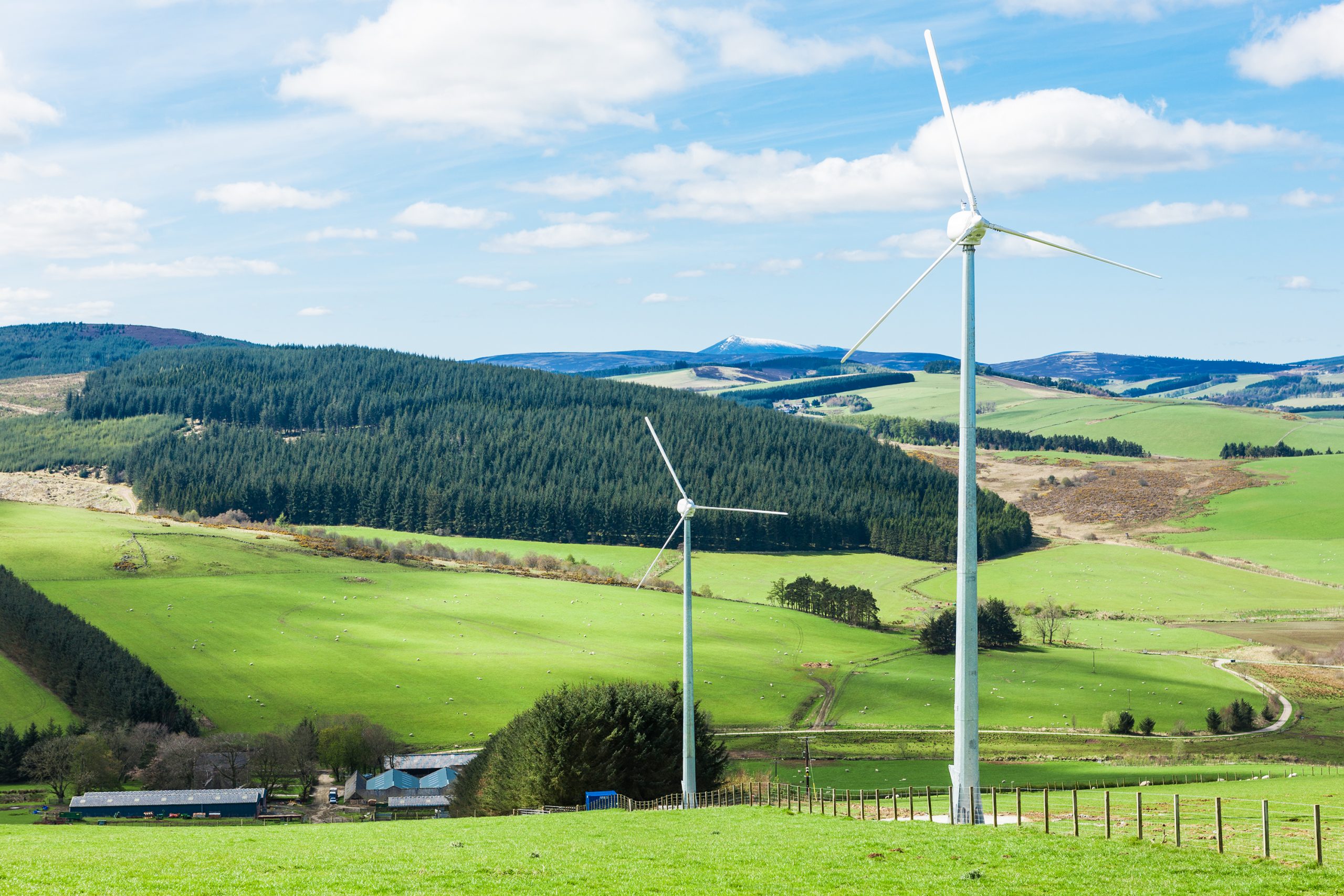Air source heat pumps are a fairly well established technology, but their efficiency can drop significantly if they have to draw heat from particularly cold air, or provide heat at a particularly high temperature. A hybrid solar heat pump uses a solar thermal collector to preheat the air before it enters the heat pump, so the heat pump can then produce water at a relatively high temperature without having to work too hard. This is ideal for producing domestic hot water.
The principle is entirely sound, and the heat pump should operate at a high efficiency and so use only a small amount of electricity. But we don’t have any independent performance data to estimate what the running costs would be and how this would compare to the cost of buying and installing a system.
You should bear in mind that the average household bill for providing hot water is around £80 a year, so if you buy a hybrid solar heat pump that only produces domestic hot water it can’t save more than this on your fuel bills.



